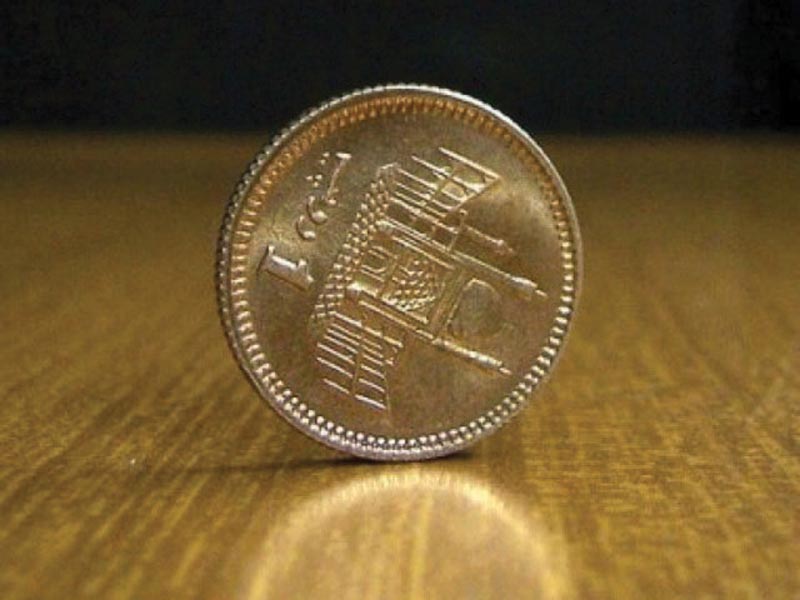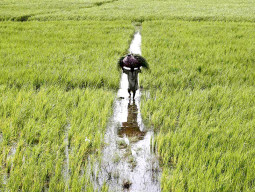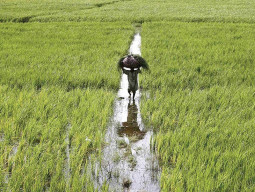
Access to finance brings a significant change in the life of a household that had previously been denied of such an opportunity. In most cases, the less fortunate need only a small amount of cash to help them jump start their business. For example, someone may need a meagre sum of Rs10,000 to begin a small trade.
For example, a man may need a cart, a gas cylinder and balloons to start a microbusiness of selling helium-inflated balloons. An investment of Rs10,000 is expected to bring Rs500 to Rs700 daily net income to this balloon vendor. This amounts to Rs15,000 to Rs21,000 monthly income for the individual.
This has interesting implications for microfinance. If such an arrangement allows the financier to charge 10% of the net income of the individual as its reward for provision for capital, the individual will retain Rs13,500 out of its monthly income of Rs15,000. Thus, the finance provider may end up earning a rate of return of 180% per annum.
In Pakistan, microfinance banks and other such institutions charge interest rates of 18% to about 40%. These charges are typical in the microfinance sector in Pakistan. High street banks do not offer even basic banking services to 70% of the banking population in the country.
This leaves a huge vacuum for other players like microfinance institutions and informal money lenders. At present, no more than 30% of the 70% financially excluded people in the country are served by microfinance lenders, charitable organisations and other players like money transfer vendors. This leaves an untapped market of nearly 60% bankable population, which is looking for banking services, with particular access to capital.
Access to capital, and not the rate of return on which one may have access to capital, is fundamental to socio-economic change in the countries where financial exclusion is widespread. This provides a lucrative opportunity for those who are looking for profitable businesses to invest.
In the wake of such opportunities in Pakistan, a new Modaraba company is in the offing to provide Shariah-compliant financing to the rural farming communities. This new Mudaraba will offer agricultural financing to the low-income farmers on affordable terms.
“The real opportunity lies in providing access to capital on the lowest possible rates to the maximum number of people,” says Akhuwat Chief Executive Officer Dr Amjad Saqib, a major stakeholder in the new venture. Akhuwat’s existing model of offering interest-free loans establishes the fact that a sustainable social enterprise can be developed on the notion of mutual cooperation and brotherhood. “Once you are seen as helping those is need, a lot of charity money flows into the business to maintain it on a sustainable basis,” says Saleem Ranjha, a founding member of the board of directors at Akhuwat.
Akhuwat already has presence in about 225 cities and towns across Pakistan. The new Modaraba will utilise this extensive network to offer agriculture financing to the third-tier segment of the market. Akhuwat classifies its market segment into five classes: (1) the destitute — extremely poor that are catered for by the charity money by Akhuwat; (2) the poor who receive interest-free loans from Akhuwat; (3) lower income families who do not have access to affordable capital; (4) mainstream populace; and (5) the mass affluent. The last three segments are not currently being served by Akhuwat, and the new Modaraba will initially target the third segment. It is expected that this will reduce incidence of financial exclusion in the lower-income families.
The sector in Pakistan already has 24 Modarabas, most of which are engaged in investing in stocks of the listed companies. A few are in the leasing business and a couple are in the manufacturing sector. The new Modaraba will be the first of its kind, exclusively focusing on the agriculture sector. It will start offering financing for input and equipment purchases in the first phase, later to develop agricultural malls in different parts of the country. It also aims at launching a micro investment programme at a later stage to fund its microfinance business.
The writer is an economist and PhD from Cambridge University
Published in The Express Tribune, August 4th, 2014.
Like Business on Facebook, follow @TribuneBiz on Twitter to stay informed and join in the conversation.
COMMENTS (2)
Comments are moderated and generally will be posted if they are on-topic and not abusive.
For more information, please see our Comments FAQ









































This is very interesting article regarding micro financing.This concept of Mudarba for agriculture financing is good initiative I wish best of luck to team. I think mostly people agreed on this thing that micro financing is expensive in Pakistan but there is also a fact that from where the MF providers can get less expensive funds for financing on lower rates. The other fact is that mostly loan in MF sector goes to consumption as the methodology is group based and miss utilization of funds is very common thing. The other important factor is the quality human resource who is having vision to serve the unbanked population and this issue is faced by many MF providers and specially by MF banks. There are some players who are doing better but the overall impact is not so big that we can say that MF is really changing the game like it has done in Bangladesh, Bolivia, Combodia or in African region. I think more efforts needs to be done to make real success in this sector.
Microfinance is another form of banking and requires a strong regulatory framework. I hope Pakistan is cognizant of this.